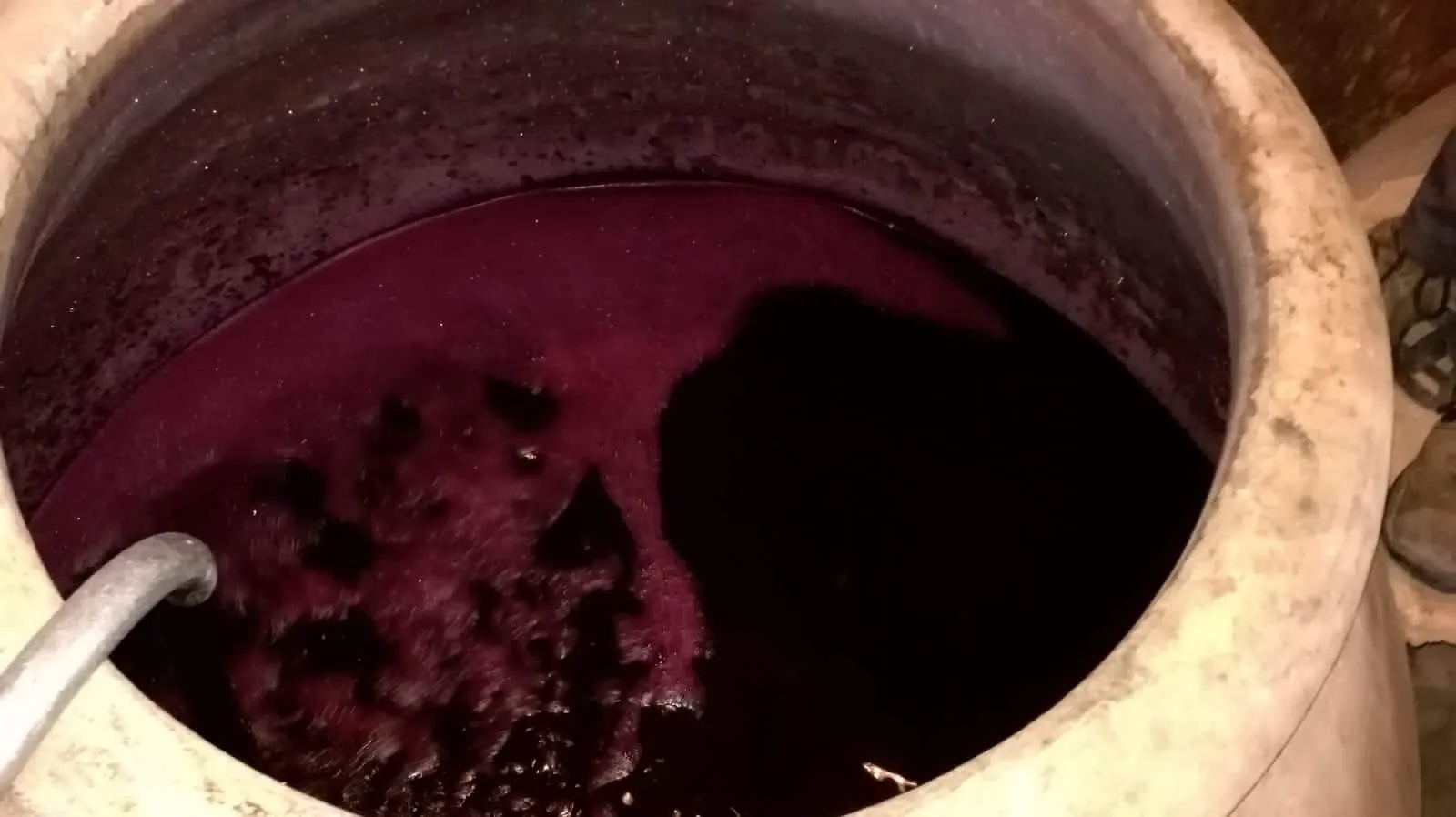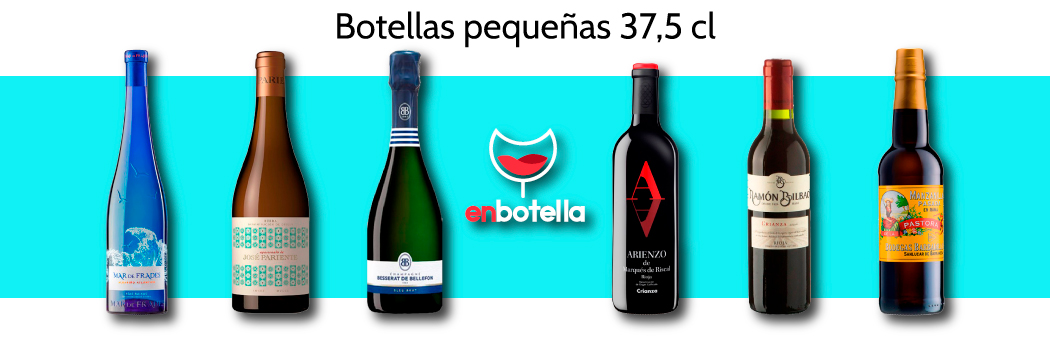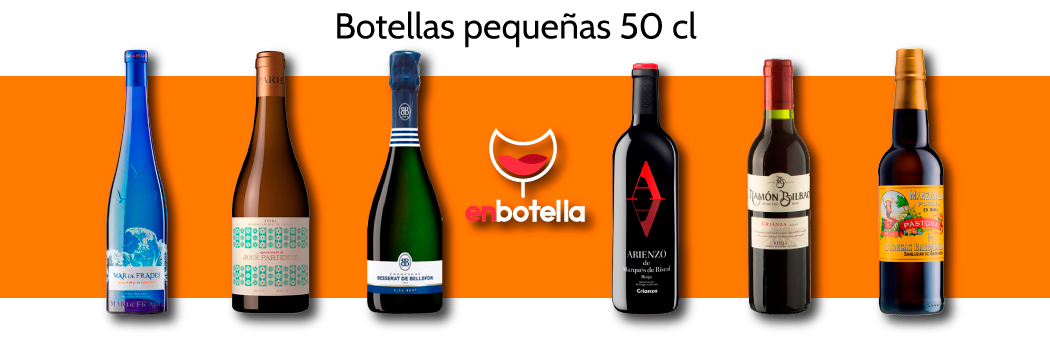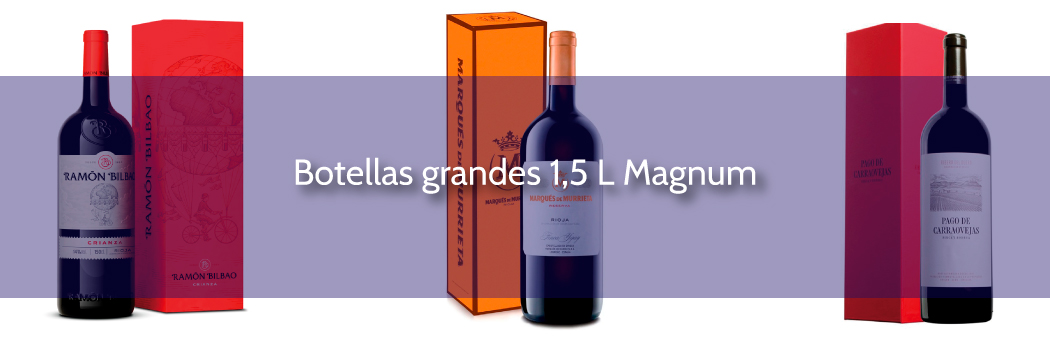What is wine racking?
The racking operation in a wine means abandoning its exotic and intense youth to give way to the aromas that will evolve during its ageing. But how is this possible?
The vast majority of fine wines are racked to separate the wine from the lees and other solid materials

Racking consists of changing the wine container. During this process, the juice is separated from the solid sediments stored at the bottom during fermentation. At the same time, the wine is oxygenated so that the aromas evolve in a manner controlled by the winemaker.
It is possible to rack the wine either with the assistance of a pump or by the traditional method using the weight of the wine itself.
Types of racking.
It is very common to carry out racking in order to clean the large tanks where the wine has been fermented.
At the same time, the racking operations that have the greatest impact on the wine take place during the ageing stage. As most expert drinklovers already know, oak wood contributes aromas that complement the wine and through racking, the winemaker has the ability to introduce different woods to the wine with their respective aromas.
How many rackings should be carried out?
There is no strict number of rackings for a wine, the winemaker simply has to trust his instinct. However, there are common rules that are usually followed:
- The larger the container, the more frequently the racking operation must be carried out.
- Wines filtered at an early stage do not need many rackings.
- If malolactic fermentation is desired, only the racking operation is done in the last phase.
- Other factors that influence the racking operations are the temperature of the cellars, the nature of the wines and the region of the grapes.
I don't count it, I drink it
There is little point in reading wine articles if the knowledge acquired is not put into practice. So, here are two relatively similar wines thatdiffer in the number of racking operations performed.
CVNE Crianza has been aged for 12 months in barrel and 6 months in bottle. Recognised as one of the most emblematic wines of La Rioja, it is characterised by its unique racking operation. The malolactic fermentation of this juice takes place in the tank, so the racking operation is carried out exclusively in the last phase. The pairing of this wine ranges from mild or semi-cured cheeses to stews and grilled meats.
This great wine has been aged in a combination of French and American oak barrels. Thanks to this and to the merits of the Rioja grapes, we can enjoy a 91 Parker at a very affordable price.
If you want to keep up to date, remember that you can follow us on Facebook and Instagram and find out about all the news in the world of good drinking.



